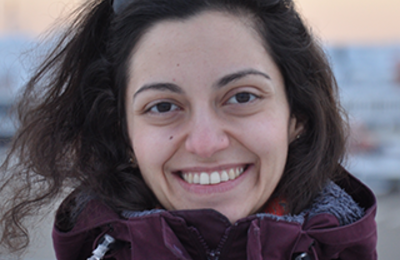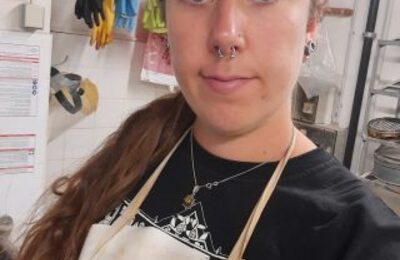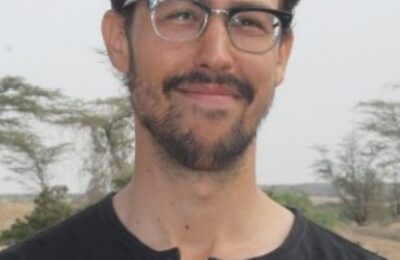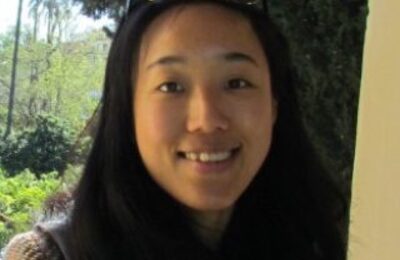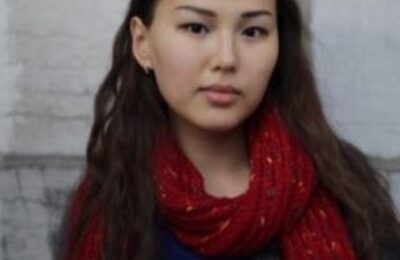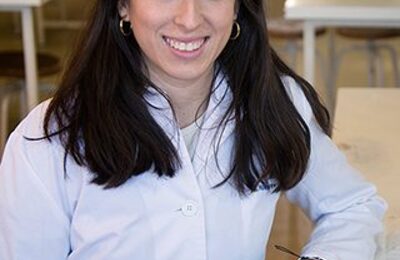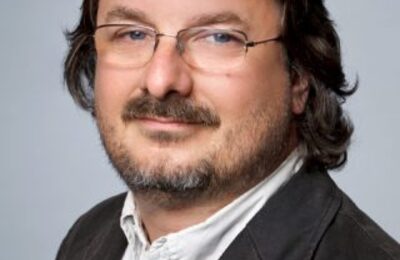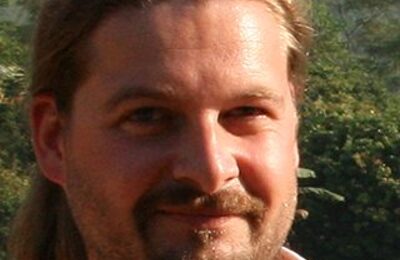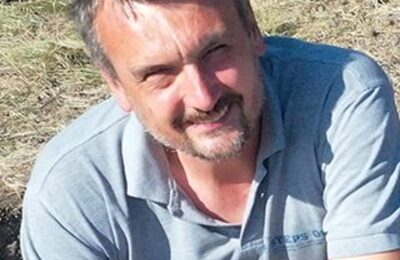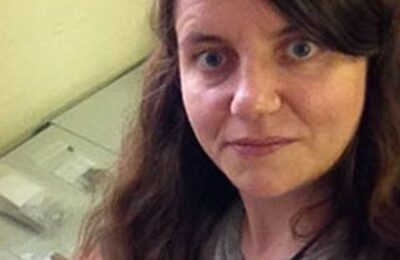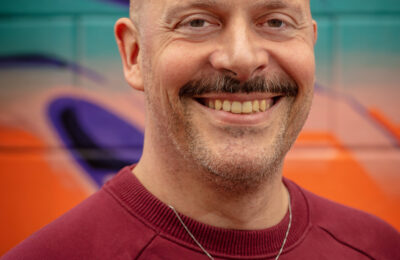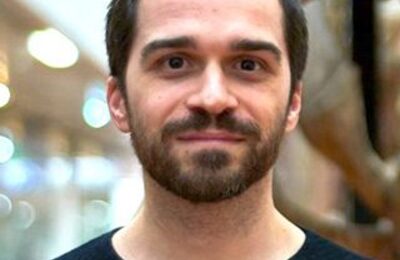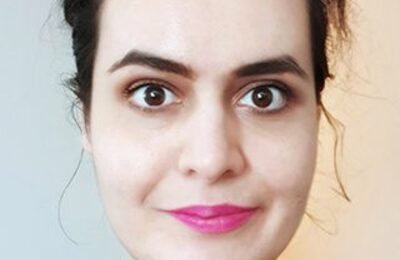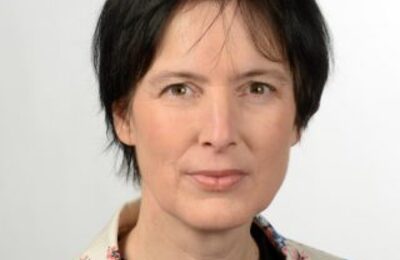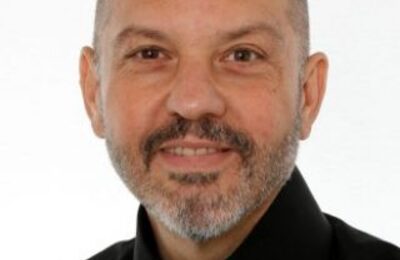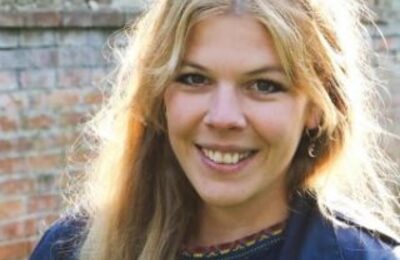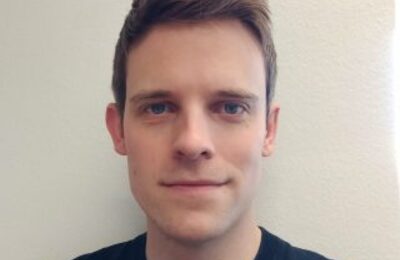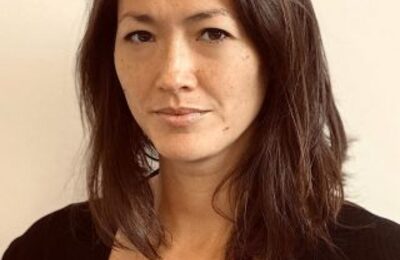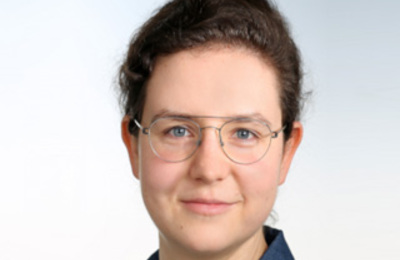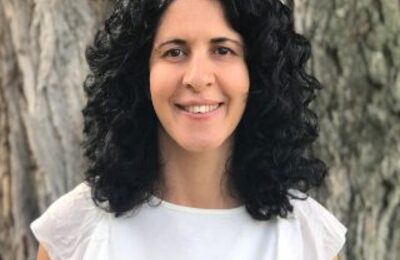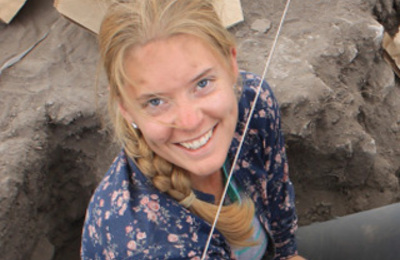Konstantina SALIARI
Konstantina Saliari is the curator of the Archeological Zoological Collection at the Natural History Museum Vienna. She took her Master´s degree in archaeology with the specialization in archaeozoology from the National and Kapodistrian University of Athens in 2012 and her PhD in archaeozoology from the University of Vienna in 2017. Konstantina Saliari has carried out archaeozoological analysis of animal remains from the Palaeolithic, Neolithic, Bronze and Iron Ages, as well as from the Roman, Early Medieval and Medieval periods. Her main research topics include husbandry strategies, socio-economic and environmental aspects, aiming at connecting different research fields and the dissemination of archaeozoological methods and results to academic and public audience.
